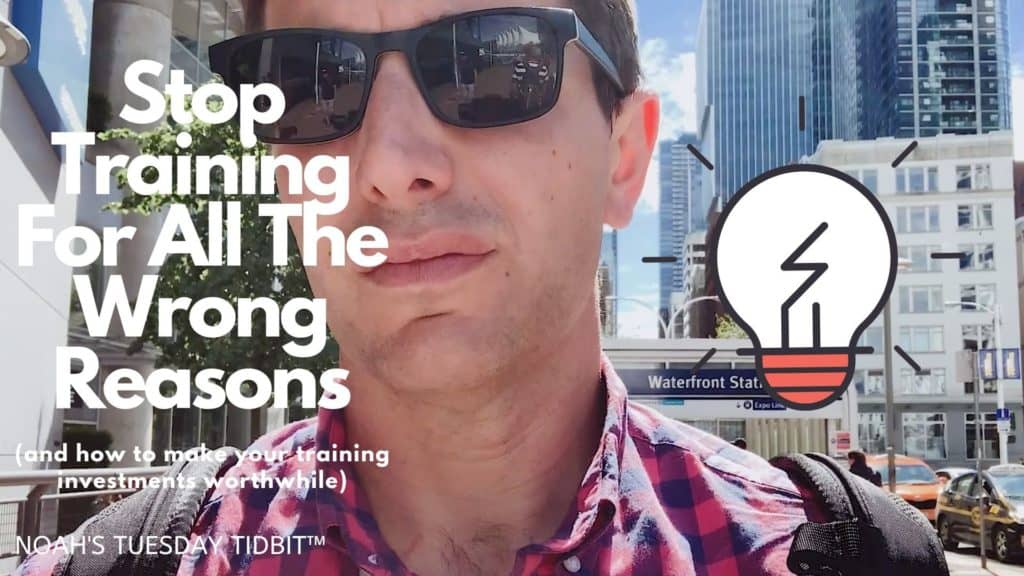Today I’m traveling to Vancouver, BC.
Over the next four days I’ll be speaking to four private CEO mastermind groups. Each group consists of approximately 12-15 CEOs from mid to large sized companies with revenues ranging from $10M to $1 billion+.
What’s most unique to these groups is that all the various leaders hail from widely different companies and industries, from retail to manufacturing to real estate to health care.
When I meet prospective clients for the first time, one of the first questions they often ask me is “What sort of experience do you have in our industry?”
To which my answer is often, “About the same amount as I had in professional sports, industrial lubricants, pharmaceuticals before I worked with them.”
Early in my career, I once asked my business coach how I should respond to a prospective client that said “We only work with people in the banking industry.”
His response was simple and perfect, “That’s exactly why you need me.” I’ve since learned that response is useful on many occasions.
For many leaders, the default reaction is to believe that success only comes from someone with direct experience in their industries. That’s just plain wrong.
For example, with these groups I’ll be speaking about much of what we discuss in these tidbits.
We’ll cover the need to ensure your company’s actions match the messaging, to focus on the “boring” things, and to minimize the expectations gap by ensuring that what’s actually delivered is in line with the promises made.
Think about this:
How many times have you heard a company say they have strong corporate values and their day-to-day actions are entirely incongruence with those claims.
But when the customers do complain, the default and knee-jerk reaction from the C-Suite is:
“We need more customer servicing training.”
and
“We need more customer experience training.”
They’re trying to use training to fix poor systems and poor processes, instead of fixing the problem itself.
The best path would be to take the complaints seriously and figure out where the holes in the bucket are, then working to fix those.
The best path is decidedly NOT in training your employees and customers to act like everyone else, but to design your business and your employees around the actual thing you want to be known and remembered for.
And that’s the real secret to innovation.
When FedEx devised its famous Hierarchy of Horrors process, it was about finding the most pressing issues driving them away from their mission.
When Amazon wanted to be one of the most customer-centric companies on the planet, they didn’t say, “Here’s sales training and all the responses to customer’s complaints and objections about delivery times and product availability.”
Instead, they said, “Let’s find a way to stock everything and deliver it within 24 hours.”
It’s possible to design your business so that it’s impossible for the “standard” complaints to even crop up – and by doing so, you gain a competitive advantage that’s almost impossible to dislodge.
So your challenge for this week is to consider the following questions:
What’s your story?
What do you want to be known for?
And how well are you doing living up to that reality?
If I spoke to your customers and clients, would they agree with those value statements on the wall?
And finally, are you investing in training to mask a problem when you should be investing in other areas first?
